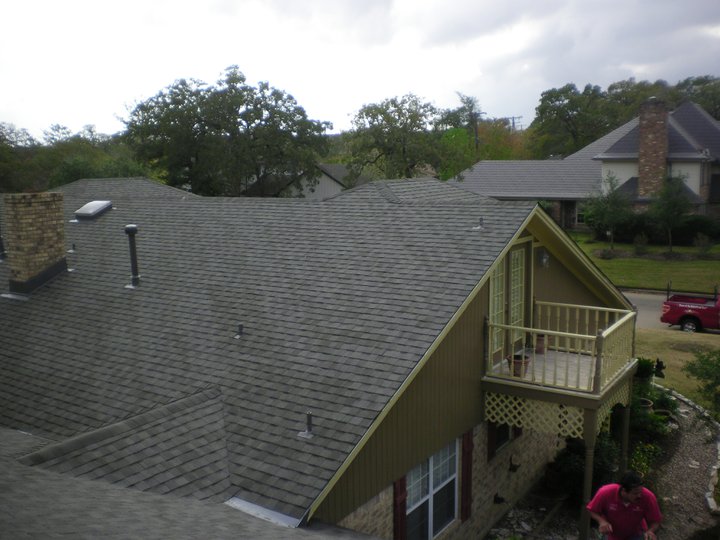During the winter, it is important to conserve indoor heat to reduce home heating. This is not as simpl e as it may sound as most of the time heat naturally rises, escaping through the roof. This may result in increased heating requirements and high energy bills during the colder months.
e as it may sound as most of the time heat naturally rises, escaping through the roof. This may result in increased heating requirements and high energy bills during the colder months.
How Heat Escapes
Warm air escapes through the roof by the process of convection. The heated air within the living space is distributed throughout the house, eventually rising up toward the attic. Once it comes in contact with the cold roof, heat slowly dissipates through the process of convection. The same thing happens with a cup of hot coffee. If left alone, the cup will not stay hot for long because the heat is absorbed by the surrounding atmosphere.
There are two ways to counter this problem. The first approach is to increase the setting of the thermostat to a higher temperature; the second way is to prevent the heat from escaping in the first place. The first approach is the way heating needs are handled in most households which creates the effect of an increase in energy costs. The latter option is the most cost-effective way of sustaining warmth in a living space. Roofs are constructed to include an insulating material to prevent heat loss; however, improper installation of this material and worn out insulation could lead to wasting heat costs during winter months.
Insulation
To prevent heat from escaping, the roof needs to be protected from the three means of heat loss: conduction, convection, and radiation. The best way to safeguard a roof from this occurrence is by lining it with an insulating material to prevent heat from disappearing. Following are some of the best insulating materials available.
- Cellulose Fiber – This type of insulation is exclusively made from recycled paper and is one of the lowest priced and most effective types of insulation available. When installing cellulose fiber, do not worry about the material being a source of fuel in case of fire, as cellulose fibers are first treated with a fire retardant before being processed.
- Foam – Foam is another popular type of insulation material that conserves heat effectively. The material comes in two forms: foam boards that will have to be cut down to the required size before installation; and liquid which can be sprayed directly into the loft or attic area. The liquid slowly expands, filling the spaces with hard foam and ensuring an air tight seal.
- Fiberglass – Fiberglass is used for a wide variety of applications, including insulation. This material is one of the most effective types of roofing insulation and comes in a wide variety of shapes and sizes. The material usually comes in rolled sheets but is also available in rigid square cut sections. Some manufacturers are also introducing loose fibers, which must be mixed with adhesive and then sprayed directly into the area.
Conserving heat is crucial during the winter months to prevent unnecessary increased heating costs. Before the winter season arrives, insulation should be checked to ensure that it is ready to take on the cold weather and keep everyone in the household comfortably warm throughout the winter season. Hopefully this information will help stop that precious heat from escaping through the roof!
Do you need to find a roof Houston company to prevent heat loss from your roof? Schulte Roofing of Navasota is a provider of roofing services to the greater Houston area and can help Houston customers with all of their roofing needs!
